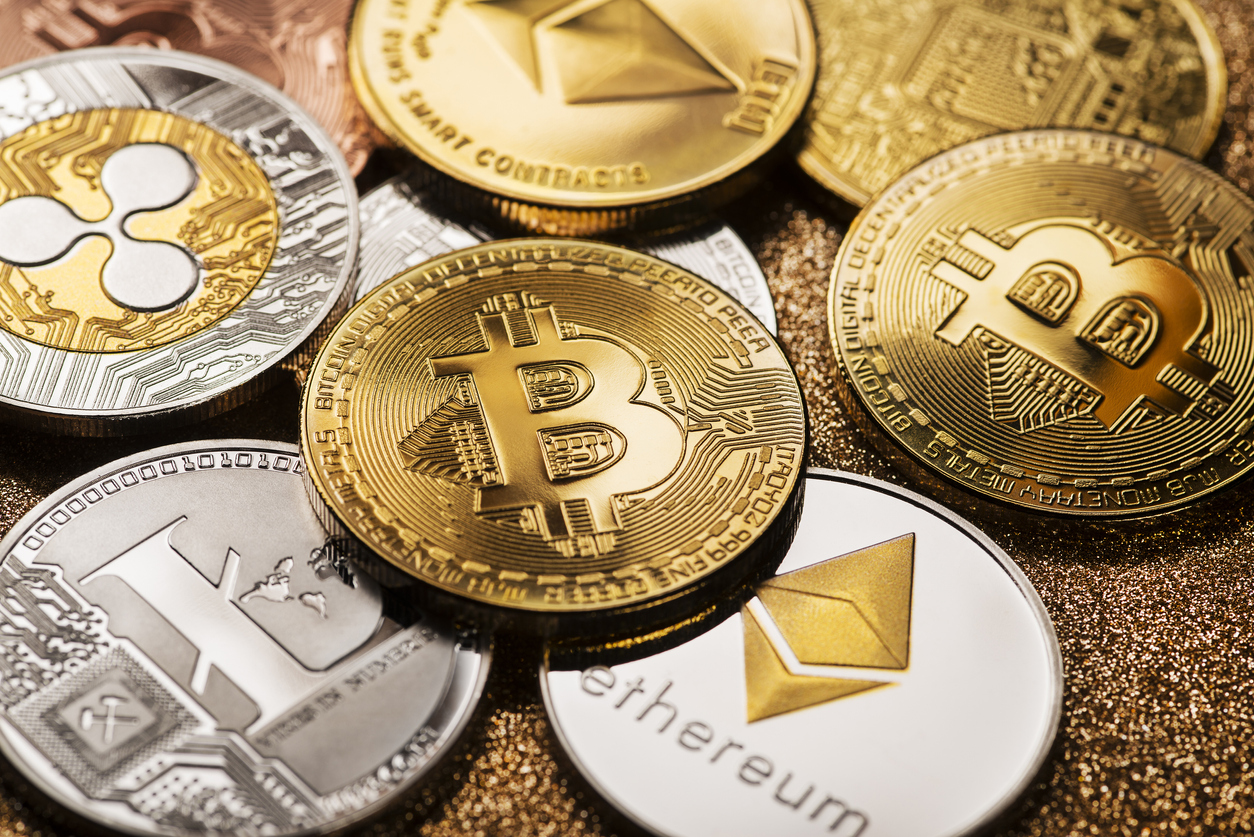The rise of Bitcoin has also buoyed a range of smaller "altcoins" that serve different niches. What are these tokens, and what are their purposes?
When we speak of altcoins, what we are referring to is essentially anything other than Bitcoin--the largest, oldest and most well-known cryptocurrency on the market. There are many altcoins now, some of which have grown an incredible amount in the last couple of years and have made headlines in major non-crypto-related publications around the world for both good and bad reasons.
Altcoins are created, in many instances, to get in on the bonanza, but most of them have a unique value proposition and purport or show that they serve a market need in ways that other coins don’t or do something better than an existing coin. Below are 6 popular altcoins and their value propositions.
Stellar Lumens
Stellar is a decentralised protocol whose value proposition is that it allows holders to send money to anyone, anywhere in the world, for very little money, circumventing the monopoly that large intermediary institutions have on international transfers. This can be accomplished instantly and in any currency.
Litecoin
Litecoin was created around the same time as Bitcoin and uses the same source code, making it what is often referred to as a Bitcoin fork. Litecoin’s raison d'être and its major value proposition are to provide a coin that transacts faster than Bitcoin (around four times faster). Ease of transaction, even if a coin is not as widely traded and is accepted as a medium of exchange in fewer places, is always going to be an attractive feature for investors, especially those looking to day trade and take advantage of small (and large) price fluctuations.
Litecoin’s raison d'être and its major value proposition are to provide a coin that transacts faster than Bitcoin (around four times faster).
A coin with a slow trade time means it is harder to speculate on. Litecoin is also more abundant than Bitcoin, meaning there are likely more people looking to trade it at any given time. Speed plus the increased liquidity are Litecoin’s major selling points.
Ethereum (Ether)
Ethereum’s value proposition is that it uses blockchain not only to maintain the decentralised mutual ledger payment network that is the defining characteristic of most cryptocurrencies, but it also stores computer code which can also be used to facilitate smart contracts--decentralised financial contracts that are essentially immune to fraud and tampering.
Ethereum’s contracts and applications are transacted with Ether (the protocol's coin) and while it was created as a complement to Bitcoin, rather than a direct competitor, its popularity has made it one on the world’s cryptocurrency exchanges.
Ripple XRP
The value proposition of Ripple, like Ethereum, is that it is much more than just a digital currency. Ripple XRP is mainly known for its digital payment network and protocol, functioning as a payment settlement, asset exchange, and remittance system that functions similar to the banking system SWIFT. Ripple also offers investors an alternative to the blockchain mining concept utilised by Bitcoin. The Ripple network relies on what is called a distributed consensus mechanism that is used to validate transactions.
Instead of awarding the asset to whichever person has completed the blockchain first, Ripple works based on a consensus whereby a poll is conducted that asks the servers or nodes on a network to vote on which transactions are the most valid, which allows for nearly instantaneous verification of contracts and exemplifies the decentralisation principle of blockchain and cryptocurrencies, in the eyes of many investors, much more thoroughly than some of the competitors.
[ymal]
Chainlink
Chainlink is comprised of a decentralised network of different nodes that relay information and data from offline sources of blockchain to contracts that are on-blockchain using “oracles.” The idea is that this process, along with highly secure hardware, will help eliminate reliability concerns that are often present when there is only one single centralised source. This has made Chainlink the most widely-subscribed-to decentralised data source.
What Chainlink’s technology purports to do is create a feedback loop whereby node operators, based on a token incentive, invest in the infrastructure that will continue to improve delivery and data sources. Without something like Chainlink, coin owners and traders would be dependent on a centralised institution to make the data available that all of the smart contracts rely on.
Cardano
Cardano is now one of the largest coins by market cap, but its value proposition is often misunderstood. Cardano is a unique altcoin because they are not trying to go after the smart contract market in its totality, but rather are attempting to develop a viable decentralised financial system in the developing world. Cardano’s objective is to provide something of value to the developing world by providing an alternative to banking industries that are notoriously and lamentably underdeveloped.
Conclusion
The number of cryptocurrencies that exist in the world is only going to grow as more developers seek to take advantage of the rising popularity of this asset class and respond to gaps and deficiencies in Bitcoin and other important coins. Different coins have different applications and uses, depending on the context, and the above altcoins each come with a unique value proposition that purports to do something different or better than the rest.














